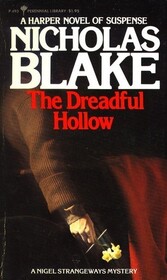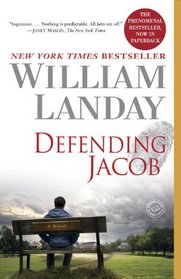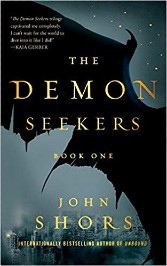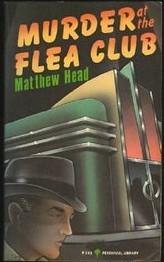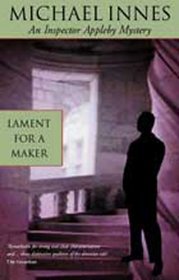
Set in remote rural Scotland in the middle 1930s, this novel borders on the surreal, with fanciful plotting and bizarre characters. Who is responsible for the death of morbidly stingy Ranald Guthrie of Erchany? Maybe his stepdaughter Christine, or even her fiancé, who had at least a motive, since he comes from family in a feud with the Guthries – a story almost like Romeo and Juliet.
Innes narrates the story just as Wilkie Collins did in The Woman in White: he tells the tale through various characters, starting with the quirkiest of all – Ewan Bell, patriarch and village cobbler. He uses the unfamiliar vocabulary of Scottish English: such as, chiel for man. The new words add to the local color, strange atmosphere and bizarre goings-on. It’s challenging but attentive reading allows us to ken the meaning.
The next section is narrated by Noel Gylby, who is clearly an English major with a sophisticated literary style. Innes was a university prof and must have read – and suffered – stacks of papers written in this witty mannered style. Gylby appears in Hamlet, Revenge! by Innes. Very impressive is his depiction of Gothic scene of the ruined castle, unheated and unlighted, with the mad miserly laird in his keep, his face lined and heart in turmoil.
The third section features the orotund style of Lawyer Wedderburn. His pompous prose calls to mind attorneys in Dickens. The fourth section is the narrative of Innes’ series hero, Yard inspector John Appleby. The next section, I can’t possible give away as a spoiler. Innes – that is, J.I.M. Stewart – was a scholar of modernist prose so he enjoys pulling tricks out of its bag: multiple points of view, unreliable narrators, sly social comment, starting in the middle of the story, etc.
Innes wrote mysteries assuming his audience included bookish people. He has Lawyer Wedderburn define mysteries as “a species of popular fiction which bears much the same relation to the world of actual crime as does pastoral poetry to the realities of rural economy. “ So Innes thought it appropriate and fun to “bring a little fantasy and fun into the detective story,” as he said in his 1987 memoir.
Readers that like Nicholas Blake, Cyril Hare, Mary Fitt and Josephine Tey will like the intelligent and deftly written mysteries of Michael Innes. Lament for a Maker is a gem of detective fiction. It has been recognized as a classic for years. Rex Stout, creator of Nero Wolfe, included it on a 1947 list of best detective stories. It was selected for the “Top 100 Crime Novels of the 20th Century” by The Times in 2000.


